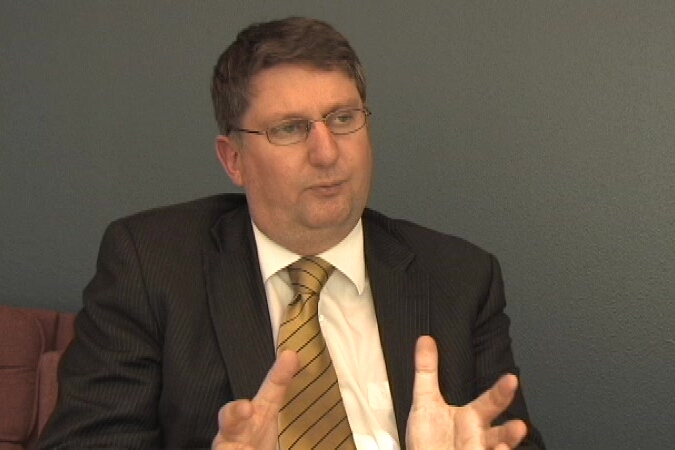3.6 What is the Value of the Assets?
Generally, when utilities consider the value of assets, they think about the cost of initially installing the assets. This cost has importance as historical information or it can be used by a utility to depreciate the costs of assets over time. It can also be useful to determine the total costs of operating an asset over its life span. However, the installation cost does not have a direct bearing on what it will cost to replace that asset when it has reached the end of its useful life. The asset may not be replaced by the same type of asset (e.g., cast iron pipe may be replaced by PVC pipe) or it may be replaced by a different technology entirely (e.g., a chlorination system replaced by an ultraviolet disinfection facility). Furthermore, costs of various assets may change drastically over time, so that the cost of installing ductile iron pipe in 1965 may have no relationship to the cost of installing PVC pipe 50 years later in 2015.
The value of the assets that should be recorded in the asset inventory, then, is the cost to replace the assets using the expected technology that will replace them. If the utility has asbestos cement pipe now, but would replace it with PVC pipe, the replacement value of that asset is the cost of replacement using PVC and the installation costs associated with PVC.
Although the idea behind valuing assets is relatively simple, obtaining costs for the asset replacement may not be so easy. Small utilities may not have the expertise to estimate replacement costs. In these cases, the utility should either estimate in the best manner possible or leave this portion of the inventory blank for the initial stages of the asset inventory. This information can be added later as the utility gathers additional information or expertise.
- If the utility has had recent improvements, such as pipe replacement, information regarding the cost per linear foot can be used.
- If a similar neighboring utility has had work done, costs incurred in their project may be used.
- Organizations that complete a large number of construction projects per year may be able to provide estimates.
- Some organizations, such as large cities, periodically publish unit costs for construction. These costs can be used as a starting point and revised as necessary to cover costs in other areas. If costs are typically higher in a particular area than the published guide, they can be increased. If costs are typically lower, the prices can be decreased.



